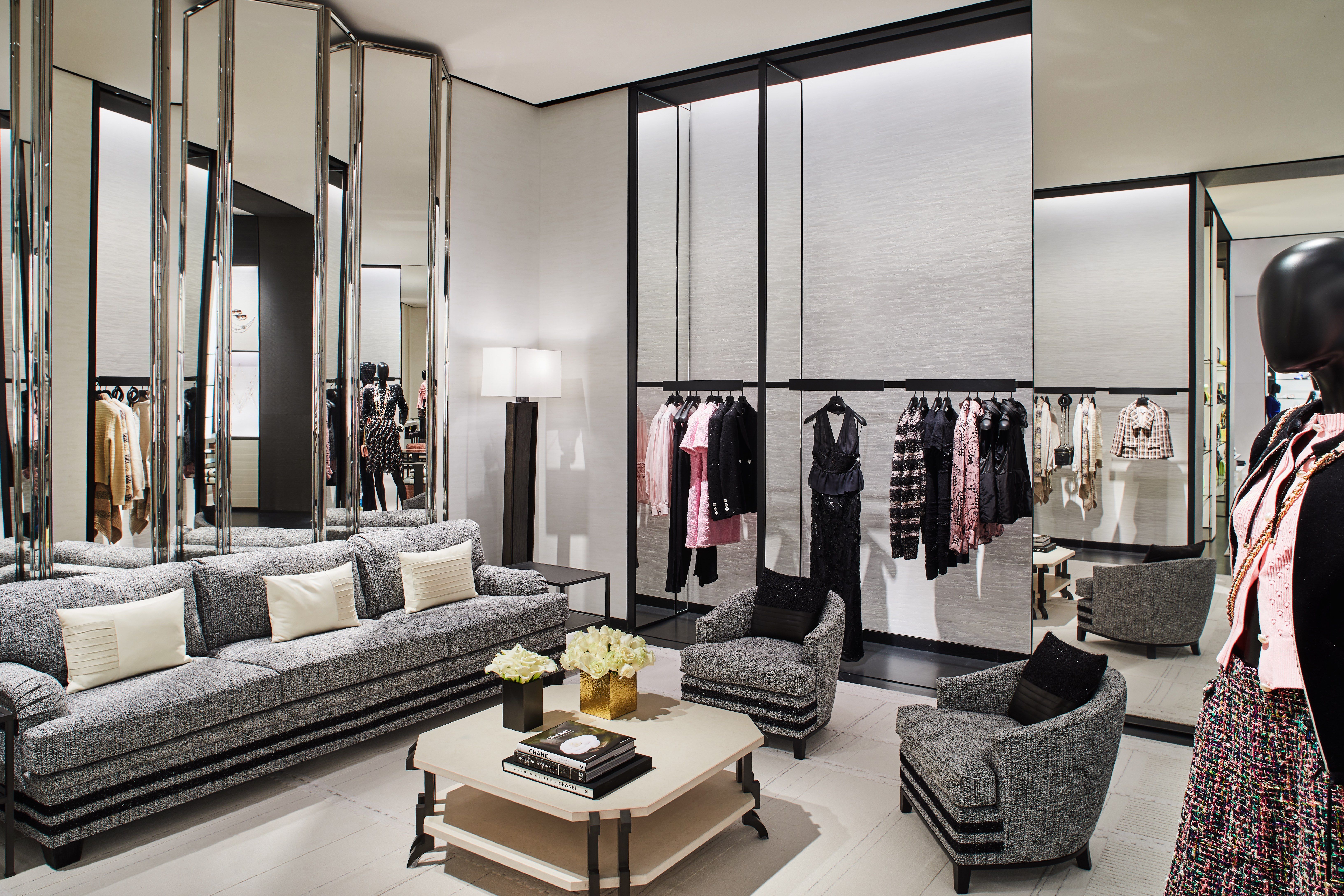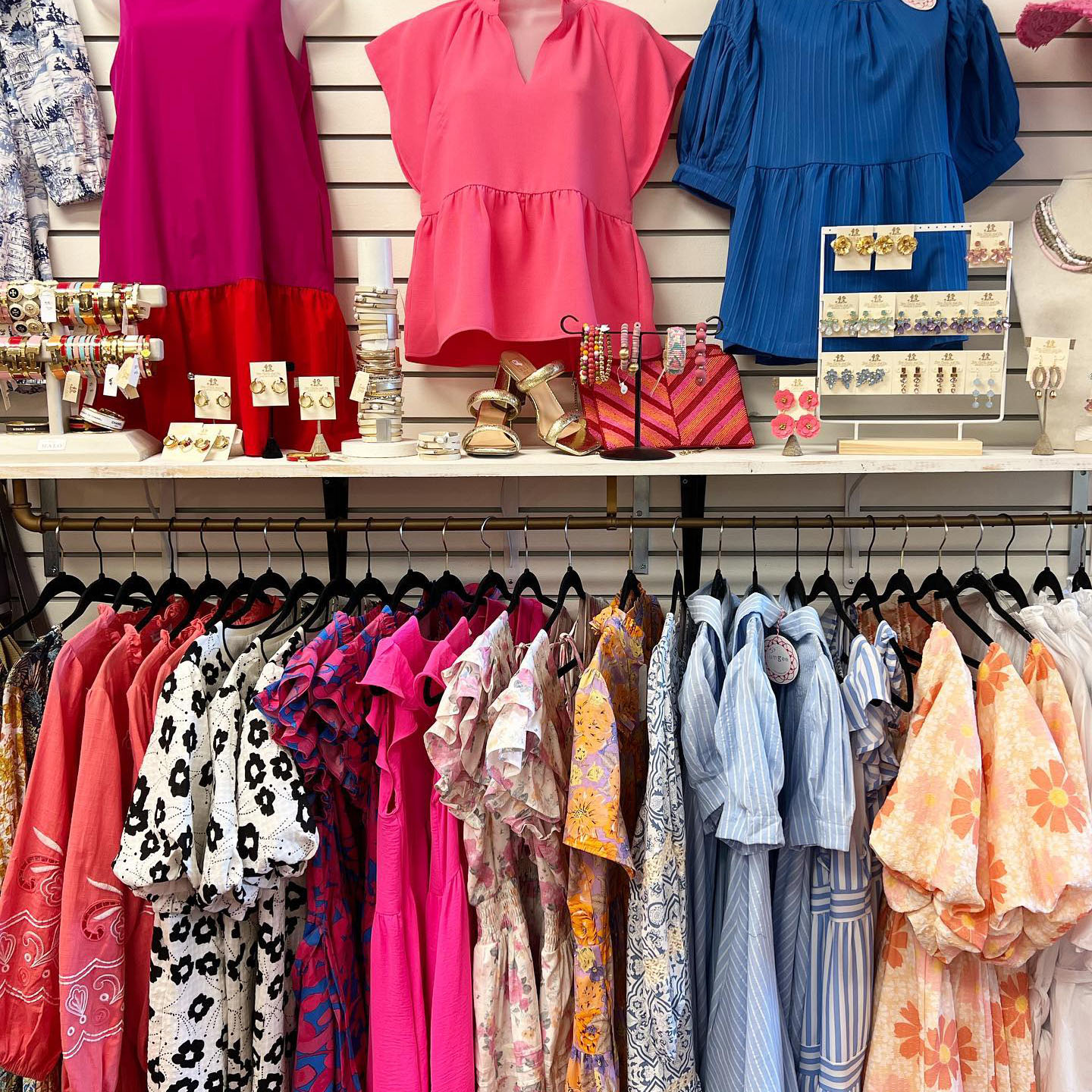Discovering the Evolution and Effect of Apparel on Modern Fashion Trends
The evolution of clothes has actually significantly influenced modern-day style trends, combining historical precedents with sophisticated developments. Famous numbers like Coco Chanel and Yves Saint Laurent revolutionized the fashion business by introducing ideas that prioritize convenience and accessibility, which continue to resonate today. On the other hand, technical strides in locations such as 3D printing and clever fabrics are redefining style possibilities and consumer experiences. In addition, the expanding focus on inclusivity and sustainability is improving industry standards. As we consider these diverse influences, one need to doubt exactly how these components jointly redefine style's function in mirroring and forming modern society.
Historic Fashion Influencers
In the tapestry of style history, particular figures have actually left an indelible mark, forming the fads and styles that specify entire periods. Coco Chanel, an advanced designer, redefined ladies's fashion by introducing comfortable, elegant garments that departed from restrictive bodices.
Elsa Schiaparelli is another essential figure, renowned for her avant-garde layouts that included surrealist art, working together with Salvador Dalí to develop whimsical items that tested conventional aesthetic appeals. Her cutting-edge use color and vibrant patterns reverberates in contemporary style. Yves Saint Laurent, on the other hand, equalized haute couture with prêt-à-porter collections, bringing runway styles to the masses and establishing a precedent for contemporary ready-to-wear lines.
These dreamers, to name a few, not only transformed style in their times yet also established enduring patterns that resonate in today's apparel industry, giving a structure upon which modern-day developers continue to build and innovate. Their heritages underscore the significance of imagination and bold in fashion's ever-evolving narrative.
Technological Developments in vogue
In the middle of the vibrant landscape of the garment industry, technological advancements stand at the leading edge of technology, improving just how developers produce and consumers engage with fashion. The integration of 3D printing has actually revolutionized design processes, enabling developers to trying out intricate frameworks and sustainable products that were formerly impossible. This modern technology promotes quick prototyping, minimizing waste and expediting manufacturing times.

Smart textiles, embedding modern technology right into fabrics, are likewise changing the industry. Technologies like temperature-regulating and self-cleaning textiles provide boosted functionality and comfort. Wearable modern technology, incorporating functions like fitness tracking and interaction, includes a new dimension to style, combining visual appeals with usefulness.
Cultural Shifts and Style
As technical innovations remain to improve the fashion business, cultural shifts are equally influential, redefining style and consumer preferences. In the last few years, the increase of social networks platforms has sped up the circulation of worldwide style patterns, permitting varied social influences to assemble and exist together. This electronic interconnectivity has promoted the rapid exchange of ideas, leading to a much more eclectic and inclusive analysis of design that shows the diverse nature of modern society.
Social recognition and recognition have triggered designers to draw motivation from a broader spectrum of ethnic and historic contexts, integrating conventional motifs with modern visual appeals. This fusion has actually led pop over to this site to fashion that reverberates with a broader audience, advertising a feeling of identification and belonging across various demographics. Furthermore, the enhancing need for customization has driven brand names to provide customizable choices, enabling customers to reveal individuality while mirroring their cultural heritage.
Moreover, changing societal worths have influenced fashion, with inclusivity and variety ending up being main styles. The industry has started to accept models and influencers of different type of body, ethnicities, and sex identities, tough conventional elegance requirements. This makeover highlights the power of social shifts in forming the future of style, as style ends up being a more authentic expression of cumulative and individual identity.
Sustainability and Modern Style
While the garment industry proceeds to evolve, the vital for sustainability has become progressively immediate, influencing contemporary design methods. This change aims to attend to ethical Read Full Article considerations and environmental problems, causing a reevaluation of traditional production techniques. Developers are currently integrating sustainable materials, such as natural cotton, recycled polyester, and biodegradable materials, right into their collections, lowering the ecological footprint of fashion. The increase of slow-moving style, which emphasizes quality over quantity, motivates customers to purchase timeless items instead than short-term fads.
Moreover, contemporary style is defined by its advancement in lessening waste and advertising circularity. Methods such as zero-waste pattern cutting and 3D knitting are acquiring grip, enabling developers to create garments with marginal material waste. Furthermore, brand names are embracing transparent supply chains, guaranteeing responsibility and fostering customer depend on. This technique not only alleviates ecological influence yet likewise enhances the social responsibility of style homes.

Future Trends in Fashion

Sustainability will continue to be a driving pressure in shaping future fashion fads. The sector is progressively embracing environmentally friendly read more materials and moral production methods, reacting to a growing consumer demand for responsible techniques. Advancements such as bio-fabricated materials and closed-loop recycling systems are readied to redefine how garments is created and eaten, minimizing environmental influence while maintaining design and high quality.
Social changes, including the surge of inclusivity and diversity, will certainly also play a crucial function. As culture ends up being more mindful of social issues, fashion is anticipated to become a system for expression and modification. Designers will likely concentrate on producing collections that mirror a broader range of identifications and experiences, championing depiction and ease of access.
Verdict
The evolution of clothes considerably affects contemporary style patterns, where historical impacts merge with contemporary designs. This recurring development highlights style's function as a mirror to societal worths and technical innovation, recommending a future abundant with technology and inclusivity.
The advancement of garments has actually dramatically affected contemporary fashion trends, combining historic precedents with advanced technologies.Among the dynamic landscape of the fashion sector, technical improvements stand at the forefront of innovation, improving exactly how designers develop and customers engage with style.While the fashion industry proceeds to advance, the vital for sustainability has come to be progressively urgent, affecting contemporary design techniques. As sustainability ends up being embedded in modern-day layout, it leads the way for an extra accountable and conscious style market.
The advancement of clothes significantly influences contemporary style trends, where historic influences combine with modern styles.